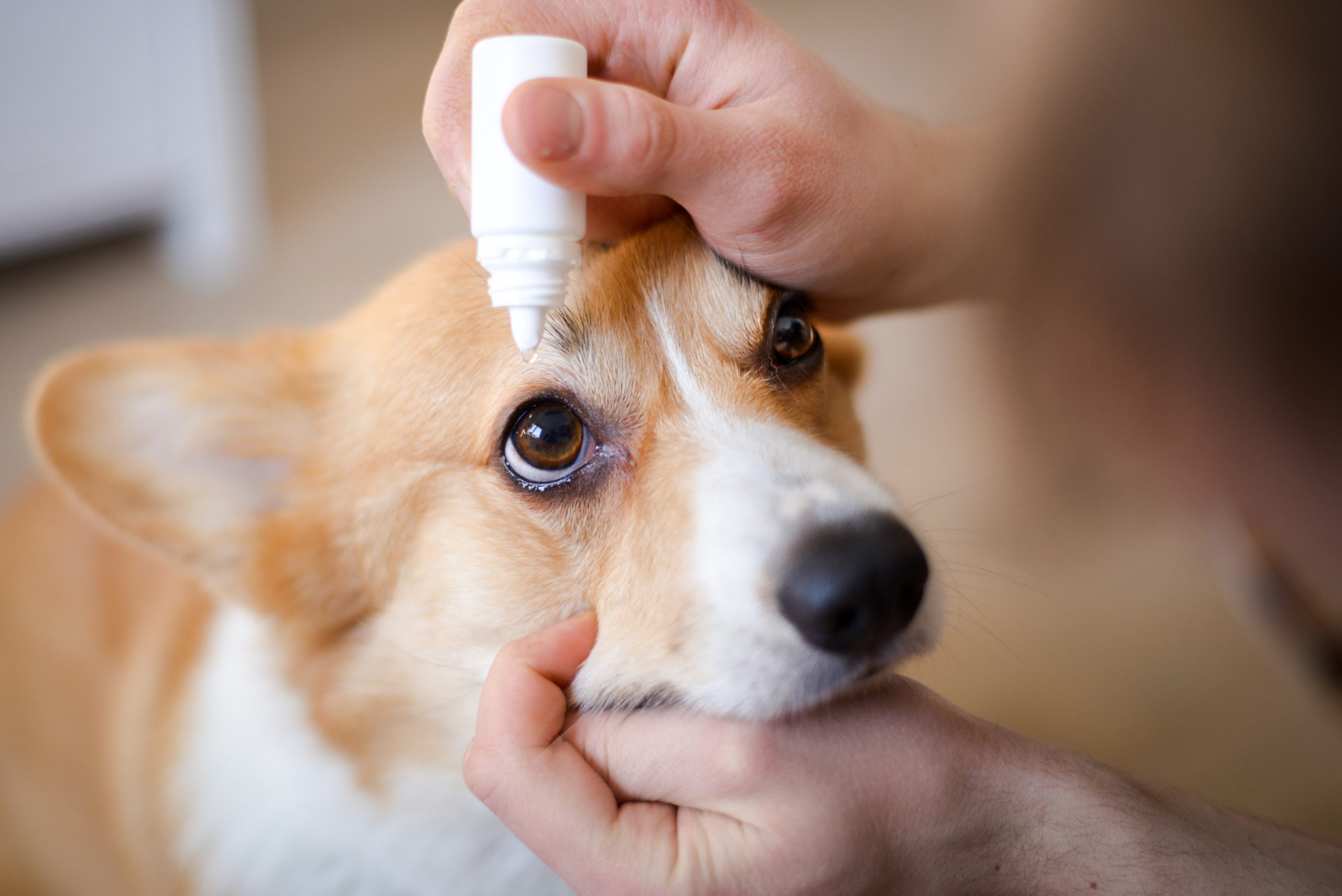Vetrix®: Leading the Way in Veterinary Regenerative Medicine with EyeQ Amniotic Eye Drops
In the world of veterinary medicine, innovation is crucial for ensuring that pets receive the best possible care. Vetrix® has long been a pioneer in the field of regenerative medicine, offering solutions that help veterinarians provide advanced treatments to their patients. Among our groundbreaking products, EyeQ Amniotic Eye Drops stand out as a testament to our commitment to quality, consistency, and cutting-edge care.
The Power of Amnion in Veterinary Care
Regenerative medicine is revolutionizing treatment options in both human and veterinary fields, and at the forefront of this transformation is amnion. The amniotic membrane, which forms part of the placenta during pregnancy, is packed with natural anti-inflammatory and regenerative properties. Harnessing the healing power of amnion, EyeQ Amniotic Eye Drops represent an innovative approach to treating various ocular conditions in animals.
EyeQ is designed to provide superior therapeutic benefits, promoting faster healing while reducing discomfort and inflammation. This groundbreaking formula makes it easier for veterinarians to offer a higher standard of care, improving outcomes for pets suffering from a range of eye conditions.
Elevating Care with EyeQ Amniotic Eye Drops
EyeQ Amniotic Eye Drops are a game-changer for veterinarians. Unlike traditional eye treatments, EyeQ takes full advantage of the regenerative properties of amnion. This unique product works by encouraging natural tissue regeneration, promoting faster healing of damaged ocular tissues.
Our EyeQ Amniotic Eye Drops offer an affordable, easy-to-use solution that enables veterinarians to treat more patients with a higher level of care. Whether you’re dealing with corneal ulcers, chronic dry eye, or post-surgical recovery, EyeQ ensures consistent and effective results across a broad spectrum of cases.
Why Choose Vetrix®?
At Vetrix®, we understand that quality and consistency are critical in veterinary care. That’s why we are committed to maintaining the highest standards in the development and production of our regenerative medicine products.
Our mission is simple: to empower veterinarians with the best tools available so they can provide exceptional care for their patients. With EyeQ Amniotic Eye Drops, veterinarians can confidently offer innovative, non-invasive treatments that significantly improve patient outcomes, all while keeping the treatment process convenient and affordable.
Affordable, Effective, and Easy-to-Use
One of the key benefits of EyeQ Amniotic Eye Drops is how simple they are to administer. We know that ease of use is essential for busy veterinary practices, and EyeQ makes it easier than ever to incorporate cutting-edge regenerative medicine into everyday care.
Moreover, EyeQ is a cost-effective solution. By offering a treatment that delivers superior results without breaking the bank, veterinarians can provide enhanced care to a broader range of patients. It’s a win-win for both practitioners and their furry patients.
The Future of Veterinary Medicine is Regenerative
At Vetrix®, we believe that the future of veterinary care lies in regenerative medicine. EyeQ Amniotic Eye Drops are just one example of how harnessing the power of amnion can lead to revolutionary advancements in treatment. As we continue to innovate and expand our product line, we remain dedicated to providing veterinarians with the tools they need to deliver exceptional care.
If you’re a veterinarian looking for a reliable, affordable, and highly effective solution for treating ocular conditions, EyeQ Amniotic Eye Drops from Vetrix® is the answer. Experience the difference that regenerative medicine can make in your practice and witness how EyeQ can help you provide the highest level of care for your patients.


